Progress is the name of the game and not everything sticks around forever, whether it's a person, a restaurant, or an attraction. That doesn't mean we haven't lost something that should have stuck around once it disappears. Here are 25 things Detroit once had that it no longer does — and that we think the city would be better off for claiming in the present day.
25 things in Detroit that are gone that we'd really like back
By Metro Times editorial staff on Sat, May 1, 2021 at 11:06 am
Scroll down to view images
Page 1 of 2
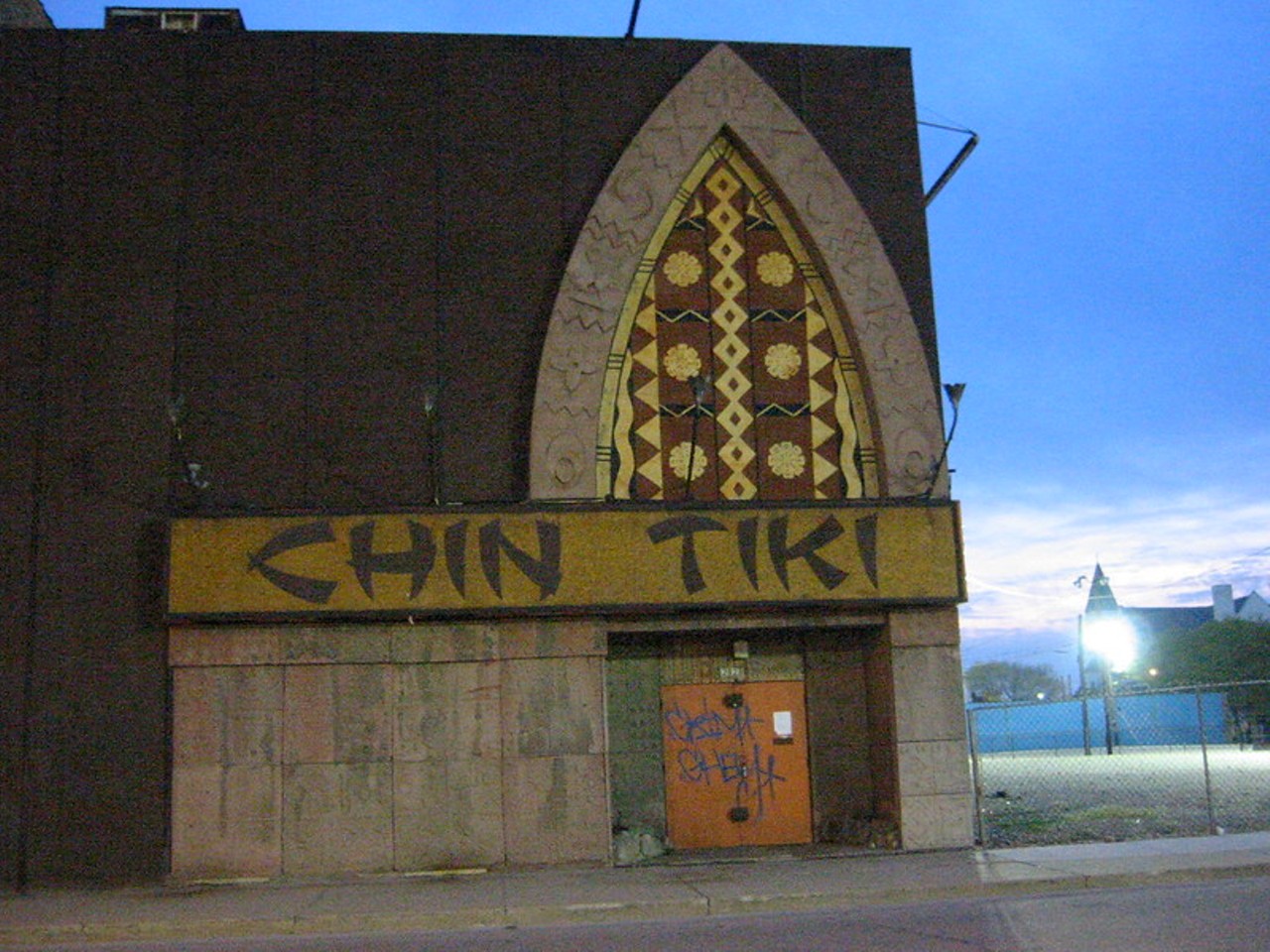
Chin Tiki
Detroit currently has a few tiki-themed bars, but before Mutiny Bar in Southwest Detroit and Lost River there was Chin Tiki at 2121 Cass Ave. Established in 1967 by Martin Chin, Chin Tiki was a hotspot in the '60s and reported visits by Muhammad Ali, Barbra Streisand, and Joe DiMaggio. The windowless club featured a lower-level waterfall and bamboo bridge led the way to dozens of romantic, thatch-covered booths, where moony-eyed couples dined on Polynesian delicacies. An enormous aquarium mural glowed under black light, framed a long, elegant rattan bar. The journey upstairs led to an even larger waterfall; the rock-like walls curve around a wave-shaped bar with dozens of Chinese coins suspended in Lucite. The small rattan stage once hosted live music of all genres; an authentic Polynesian floor show, complete with Hawaiian dancers and fire-breathers, was held weekly. When Detroit entered the economic crisis in the 1980s, Chin closed the tiki bar and, aside from being featured in Eminem's autobiographical movie 8 Mile, Chin Tiki remained untouched until it was demolished in 2009. It is now one of many Illitch-owned and sanctioned parking lots.Photo via Jim Rees/Flickr
1 of 24

The “Pocket Sandwich” from Goodwell's Natural Foods Market
Before it became the now-shuttered Alley Taco, the space next to Avalon International Breads along the Cass Corridor belonged to Goodwell's Natural Foods Market, home of the gone, but never forgotten, pocket sandwich. Goodwell's, a Black-owned business, offered budget-friendly healthy and organic food choices at a time when the city maintained a reputation as a food desert. While there were many fan favorites at Goodwell's, it is the “Famous Pocket Sandwich” that continues to stand above the rest, even after Goodwell's closed in 2016. The simple whole wheat pita pocket, filled with a vegetarian soy patty topped with baby spinach, romaine, tomatoes, cucumbers, alfalfa sprouts, and Goodwell's secret sauce, was just $4.25.Photo via Yelp!/Lynn S.
2 of 24

Cool local publications like Real Detroit Weekly, Orbit, and Creem
There was a time when Detroit Metro Times wasn't the only alternative rag in town. You might remember Real Detroit Weekly, which put celebrity interviews, fashion spreads, and local bands on its covers from 1999-2014 and was the place to find out what was happening in town. (Fun fact: RDW and MT merged in 2014.) But before that, there was “America's Only Rock 'n' Roll Magazine” Creem, which rivaled Rolling Stone thanks to its roster of unapologetic and badass writers like Jaan Uhelszki, Robert Christgau, and Lester Bangs. But we could not mention alt-publications out of Detroit without mentioning cult zine Orbit which operated in the '90s with a polished, yet punk attitude and giving famous Detroit artists like Kid Rock, ICP, and the Jack White some of their earliest ink. As much as we at Metro Times love Metro Times, we know we are better together and miss the competition, comradery, and chaos.Photos via Metro Times archives
3 of 24
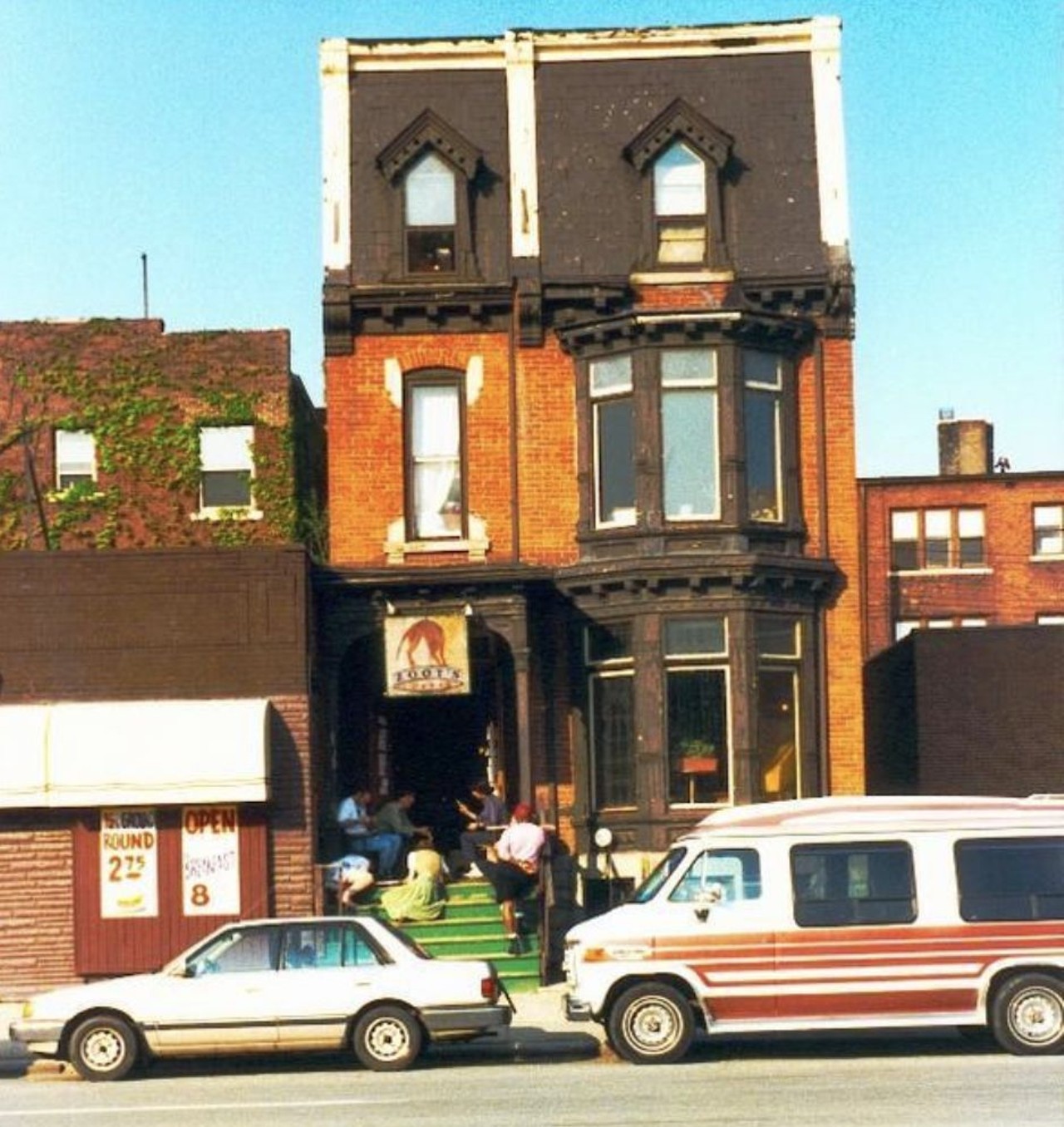
Catching a buzz and live music at Zoots Coffeehouse
Don't let the name fool you. Zoots Coffehouse — which was housed in a home on Prentice Street near the Cass Corridor — may not have served as much coffee as it did performances by indie bands like the White Stripes, the Silver Apples, Sleater-Kinney, and Outrageous Cherry. Zoots had a short run (1994-1998) but is described by the people who run the Zoots Coffeehouse Show Archive Facebook page as being “one of the most important places in Detroit music history that no one knew about.”Photo by Joseph Lynn/Zoot's Coffeehouse Show Archive
4 of 24
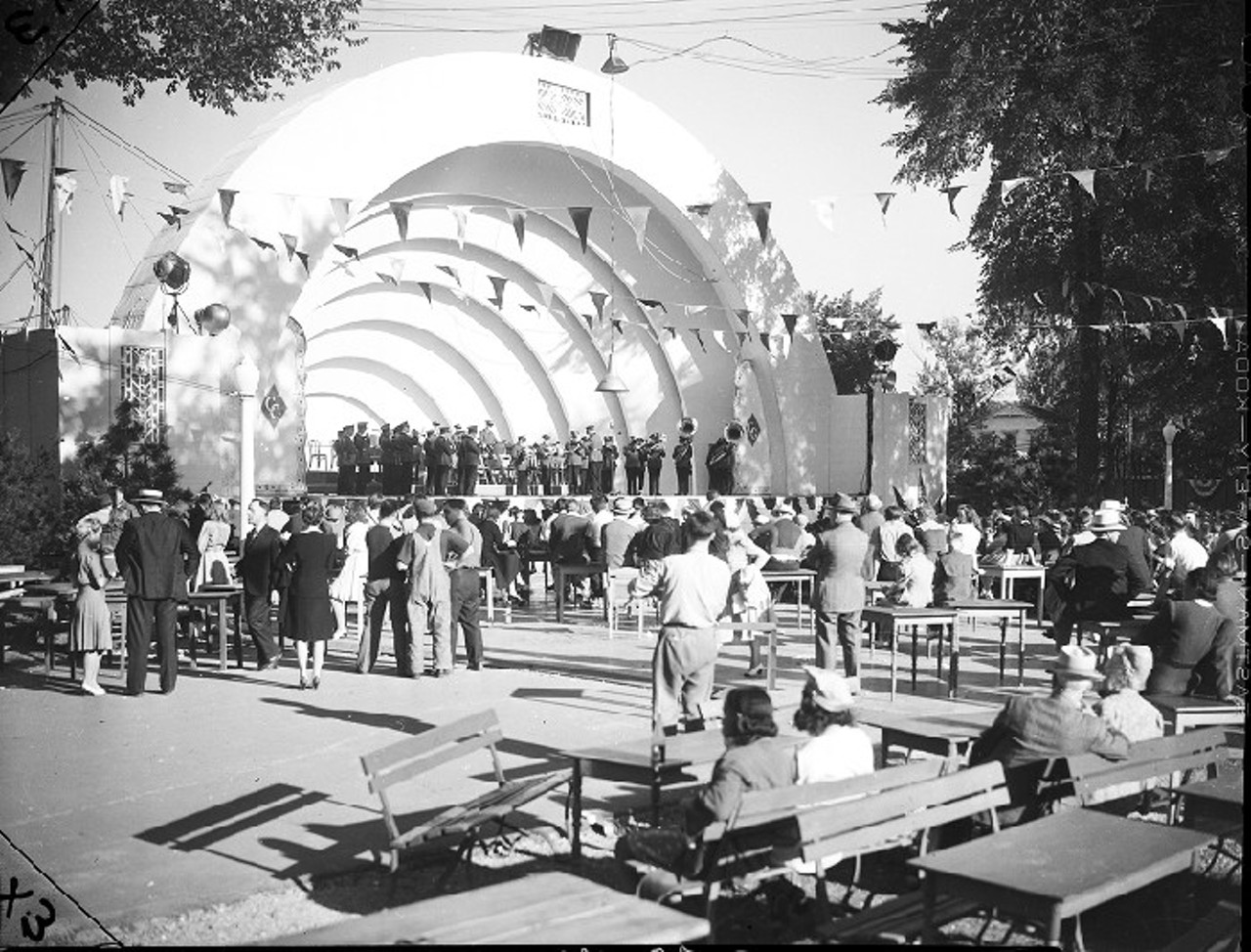
The Michigan State Fair before it crossed Eight Mile
We're not sure why but the Michigan State Fair seems less cool since moving from Detroit to the Suburban Collection Showplace in Novi in 2013. Though the first ever Michigan State Fair was held 1838 in Ann Arbor, the annual festival eventually moved to a property at Woodward and Eight Mile in 1905, where the State Fair would take place until 2009. Still referred to as the State Fairgrounds, tech giant Amazon announced in 2020 that it would be taking over the grounds for its new distribution center, sparking concern over whether the abandoned State Fair bandshell would be demolished in the process. Well, Mayor Mike Duggan dropped some good news following an essay published in Detroit Metro Times. The bandshell, which hosted acts like Stevie Wonder, Duke Ellington, Ella Fitzgerald, the Stooges, Sun Ra, Chuck Berry, Nina Simone, Marvin Gaye, Johnny Cash, Willie Nelson, Dolly Parton, the MC5, Aretha Franklin, and so many others during its hayday, will be relocated to the neighboring Palmer Park.Photo via of Virtual Motor City archives/Walter P. Reuther Library, Archives of Labor and Urban Affairs, Wayne State University
5 of 24

Belle Isle pre-Grand Prix
Perhaps Detroit's biggest, greenest, most beloved gem, Belle Isle has always been a respite from the hustle, bustle, and bullshit. Offering sandy-ish beachfront, stunning views of the Detroit skyline, as well as an aquarium, conservatory, and photogenic fountains, Belle Isle is a special place for metro Detroiters. However, for more than two months in spring/summer, Belle Isle is ripped to shreds to host the three-day Grand Prix racing event which limits visitor access while construction is underway. Race officials say it takes 68 days to set up and breakdown the race, but that doesn't include the time it takes to repair damage to the park. It's worth noting that the torn up grass is in addition to the permanent damage race organizer Roger Penske's team did in laying a 10-acre concrete paddock and concrete paths that cut across the park. Those see little use outside of the annual race weekend.Photo via Grindstone Media Group/Shutterstock.com
6 of 24
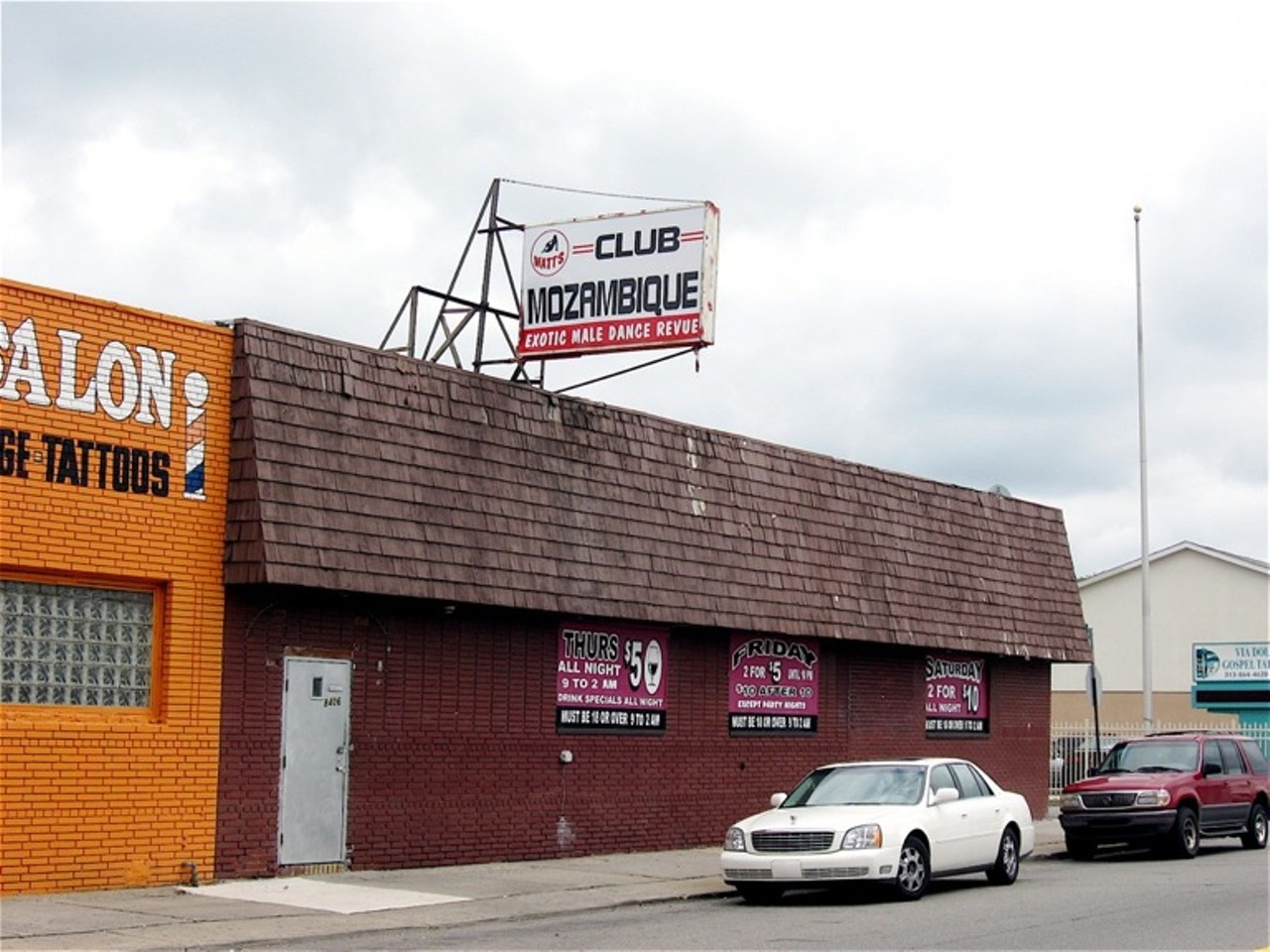
Watts Club Mozambique
Jazz club-turned-exotic male dance club-turned-ash and rubble-turned parking lot? Sounds like the beloved Watts Club Mozambique, which was established in 1969 by Cornelius Watts and fell victim to a fire that destroyed the club beyond repair in 2015. In its earliest incarnation, Watts Club Mozambique was a venue for acts like Lonni Smith, the O'Jays, Grant Green, and Peabo Bryson, and when jazz failed to keep the doors open in the 1980s, Watts decided to flip the club into a male strip club aimed at attracting the city's thirsty women. Thankfully, Watts Club Mozambique left behind a trove of incredible TV commercials for which we are eternally grateful.Photo courtesy of the Music Origins Project
7 of 24
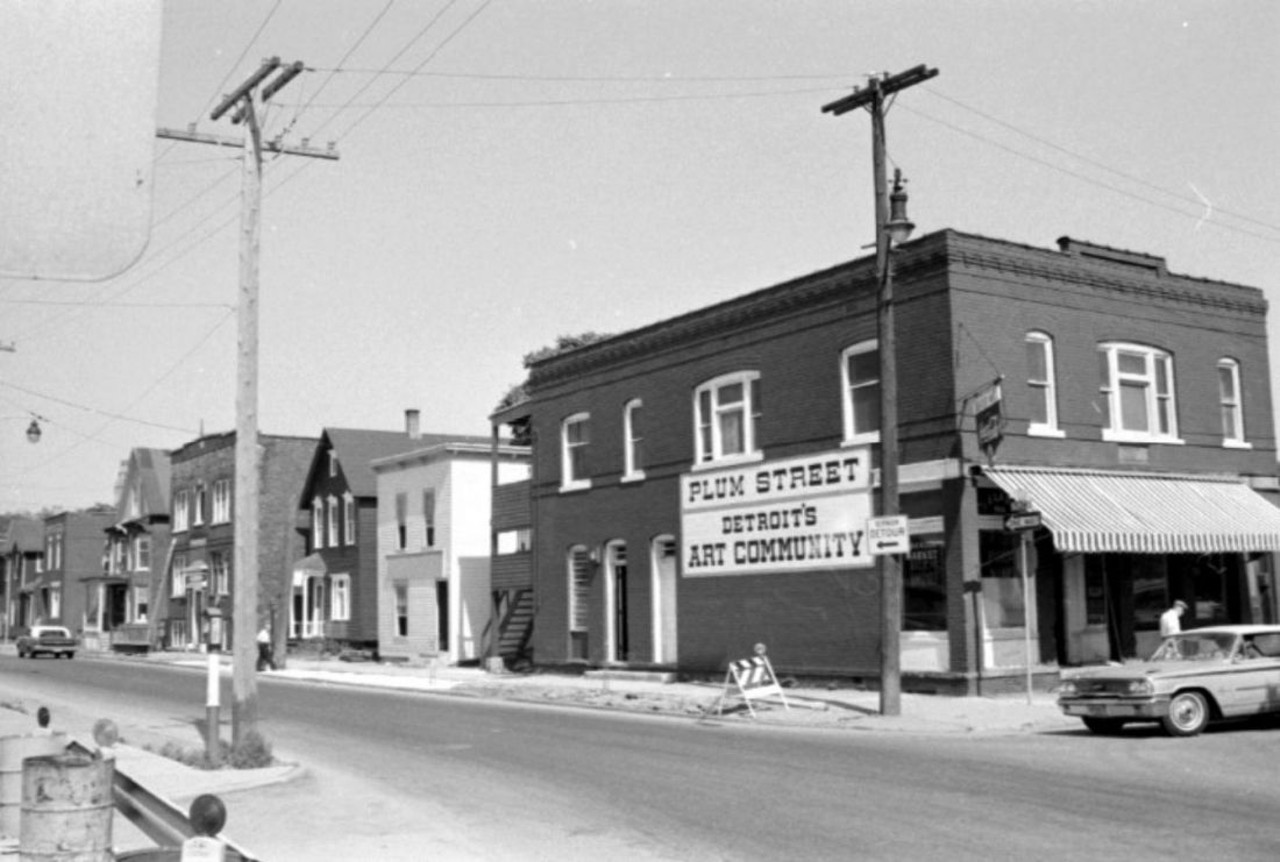
Plum Street
Considered the Greenwich Village and/or Haight-Ashbury of Detroit, Plum Street was a hippie haven in the 1960s. Plum Street was established by school teacher Robert Cobb, who started buying up buildings with help from real estate developer Sherman Shapiro because he thought Detroit needed a tourist-y counter culture community equivalent to those aforementioned metropolitan districts. The area between Michigan Avenue, the Lodge, and the Fisher Freeways offered head shops, clothing boutiques, bookstores, galleries, and cafes catering to the city's artists, hippies, and activists. By 1969, the area became nefarious for biker gang activity and suburban visitors and eventually fell into disarray. Much of the district is now the MGM Grand Casino.Photo via of Virtual Motor City archives/Walter P. Reuther Library, Archives of Labor and Urban Affairs, Wayne State University
8 of 24
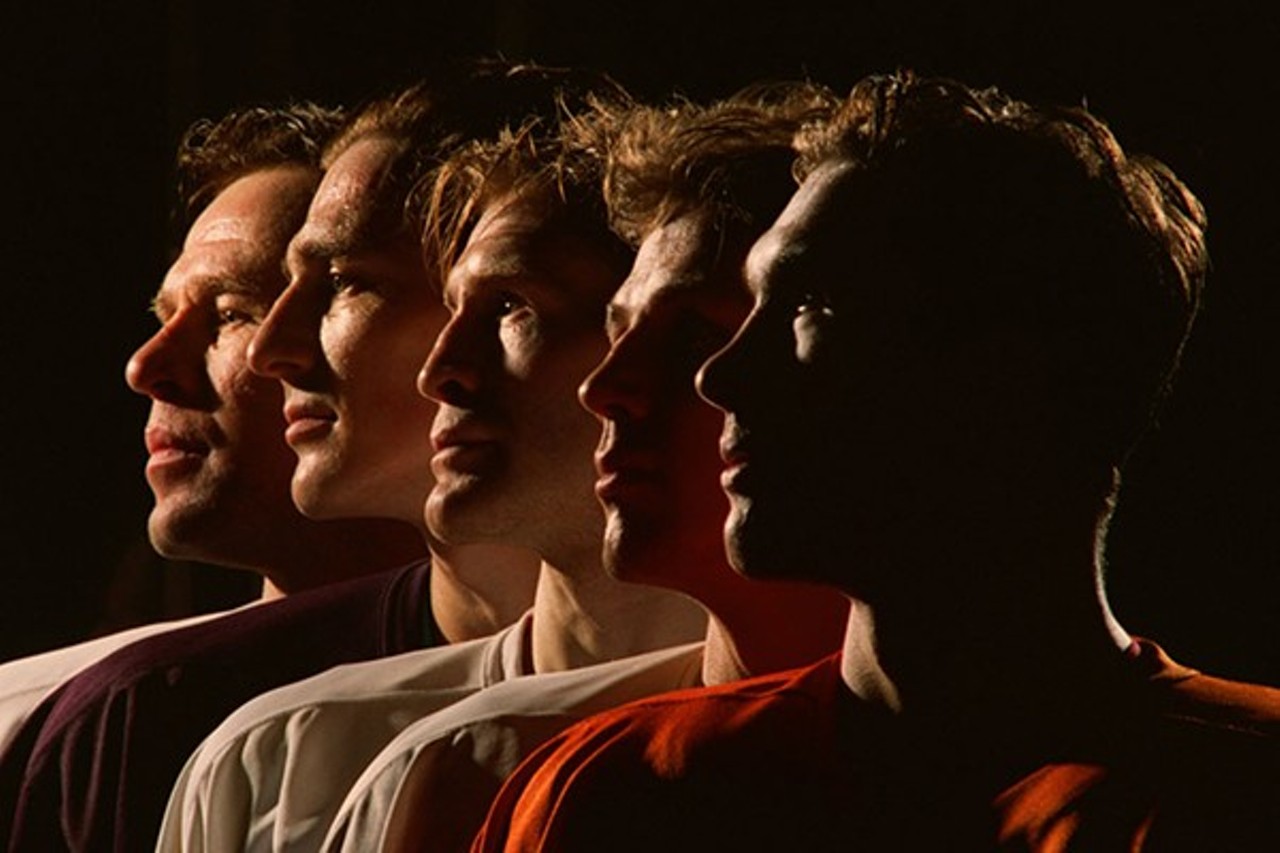
The Russian Five and other iconic players in Detroit sports
No disrespect, but Detroit sports ain't what they used to be. Aside from the city's soccer team (who saw that coming?), our teams have seen better days, like when hockey legends Sergei Fedorov, Slava Fetisov, Vladimir Konstantinov, Slava Kozlov, and Igor Larionov escaped the clutches of the Iron Curtain to lead the Detroit Red Wings to back-to-back Stanley Cup victories — the first of which marked the franchise's first Cup win in 42 years. Or, take our lovable losers, the Detroit Lions, for example. While it's been, like, more than 50 years since they won a Super Bowl, the '90s lineup included beloved running back Barry Sanders. (We love Calvin Johnson and, at one point, Matthew Stafford, but we suspect a major coaching problem has resulted in the continuing downfall of our NFL heartbreakers.) Oh, and the Pistons? And the Tigers? We will always root for the home team, but good god is it exhausting.From left to right: Slava Fetisov, Sergei Fedorov, Vladimir Konstantinov, Igor Larionov and Slava Kozlov. Photo courtesy of The Russian Five filmmakers/Lucky Star Entertainment
9 of 24
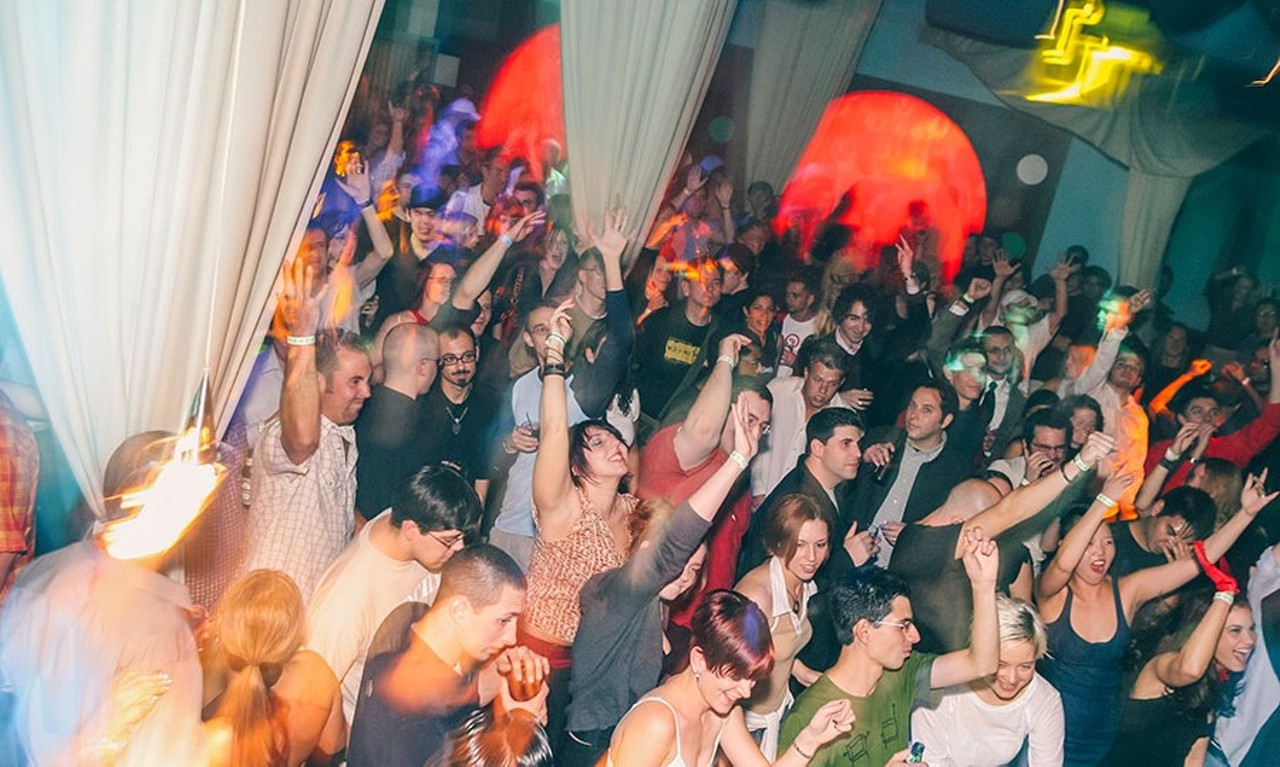
Going to underground warehouse/after hours raves
Remember underground raves? The electric and fearless rave culture of the '90s brought parties to the Bankle Building and the abandoned Packard Plant. Sure, we have Movement, an epic electronic music festival, not to mention plenty of clubs (we're looking at you Marble Bar!) spinning techno and house music till the wee hours, but nothing beats the excitement of something... illegal. So, when did things change? Well, we blame Fox 2 and their 1998 undercover investigation into the evils of youth culture, “Crave the Rave," which exposed the illegal raves in the city. The city developed a zero-tolerance policy toward these underground parties, and clubs like Motor in Hamtramck were born from the need for legal parties.Photo by Douglas Wojciechowski
10 of 24
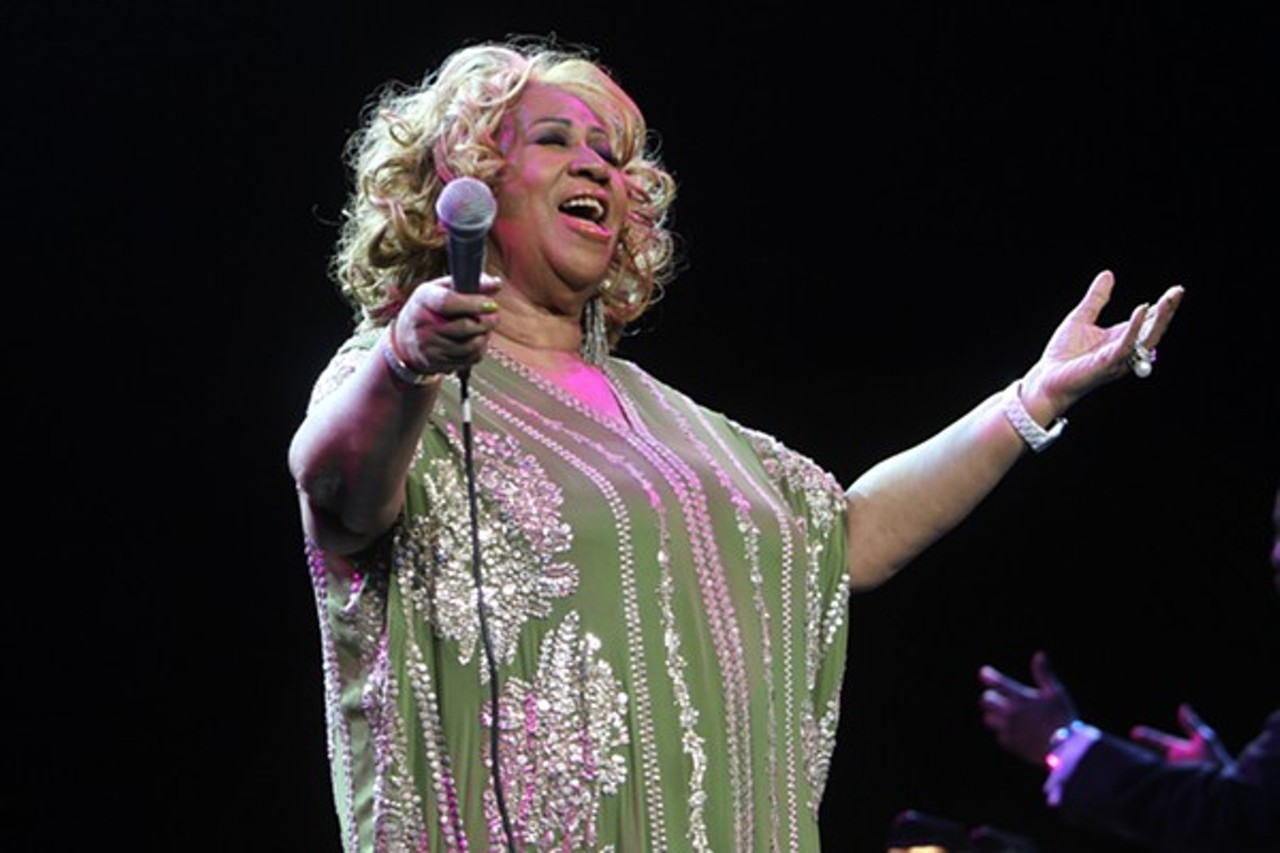
Aretha Franklin
OK — so it's only been two years since Detroit lost royalty Aretha Franklin, but we can't help but think that the city — and the world in general — was better with the Queen of Soul in it. Her influence has permeated every corner of popular culture and her music will live on and on and on, but we can't help but miss her and one of the biggest, baddest, most powerful voices of all time. We hope you're riding that pink caddy in the sky, Queen.Photo via JStone/Shutterstock
11 of 24
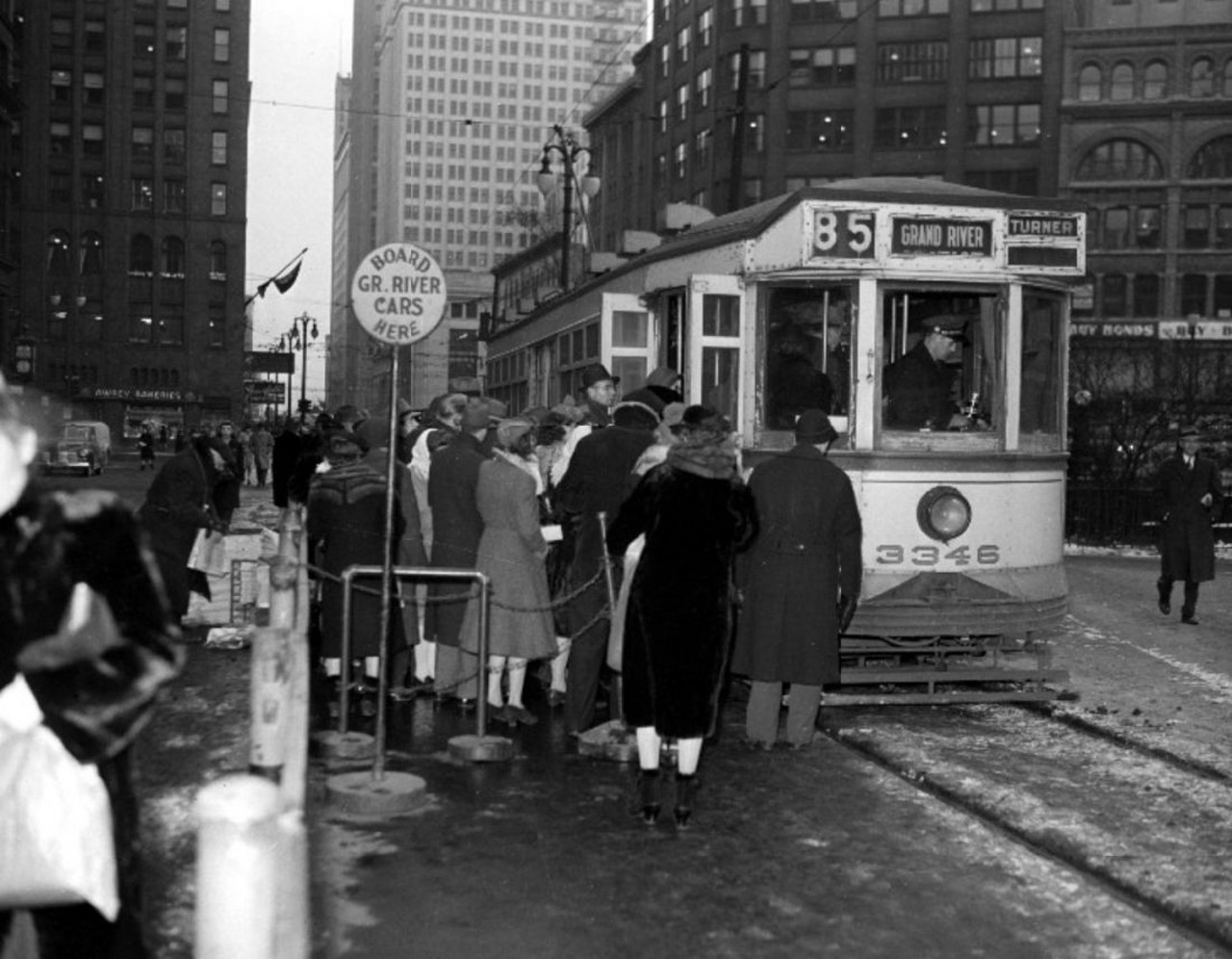
Streetcars that actually go somewhere
If you've used the QLine along Woodward Avenue in Detroit then you know that it sort of sucks. Like, sure, it's cool to travel from Midtown to downtown (which is basically four miles long) but before the $200 million QLine, which began service in 2017, there were streetcars that actually serviced the city and not just Dan Gilbert-ville. Horse-drawn rail cars first rolled down streets in Detroit in 1863 and in 1892, the city landed the first electrified trolley car, with the trackless trolley bus in 1921. It wasn't until 1922 that Detroit became the first U.S. city to establish a municipally-owned public transit system. Remember: there is more to Detroit than downtown.Street Railways; Passengers. Crowds Waiting At Capitol Park Loading Station (1942) via Virtual Motor City archives/Walter P. Reuther Library, Archives of Labor and Urban Affairs, Wayne State University
12 of 24

Jamming to 88.7 FM when it was “Detroit's New Rock Alternative” and not a country station
Alexa, play “(Good Riddance) Time of Your Life” by Green Day. November 2020 marked the end of an era for fans of Windsor-Detroit radio station 89X, who had been pushed one step closer to the edge as the station broke from its three-decade run as the area's leading alternative rock hub. Without much warning, fans of Linkin Park, System of a Down, Disturbed, and Tool were displaced to make room for “Pure Country.” The station originally went live on May 13, 1991, and 89X quickly cemented itself as a leader in alt-rock by airing its first song, “Stop!” by Jane's Addiction. The station ended its run with the same 1990 hit — and we want our 89X back.Photo via Lauren/Flickr
13 of 24
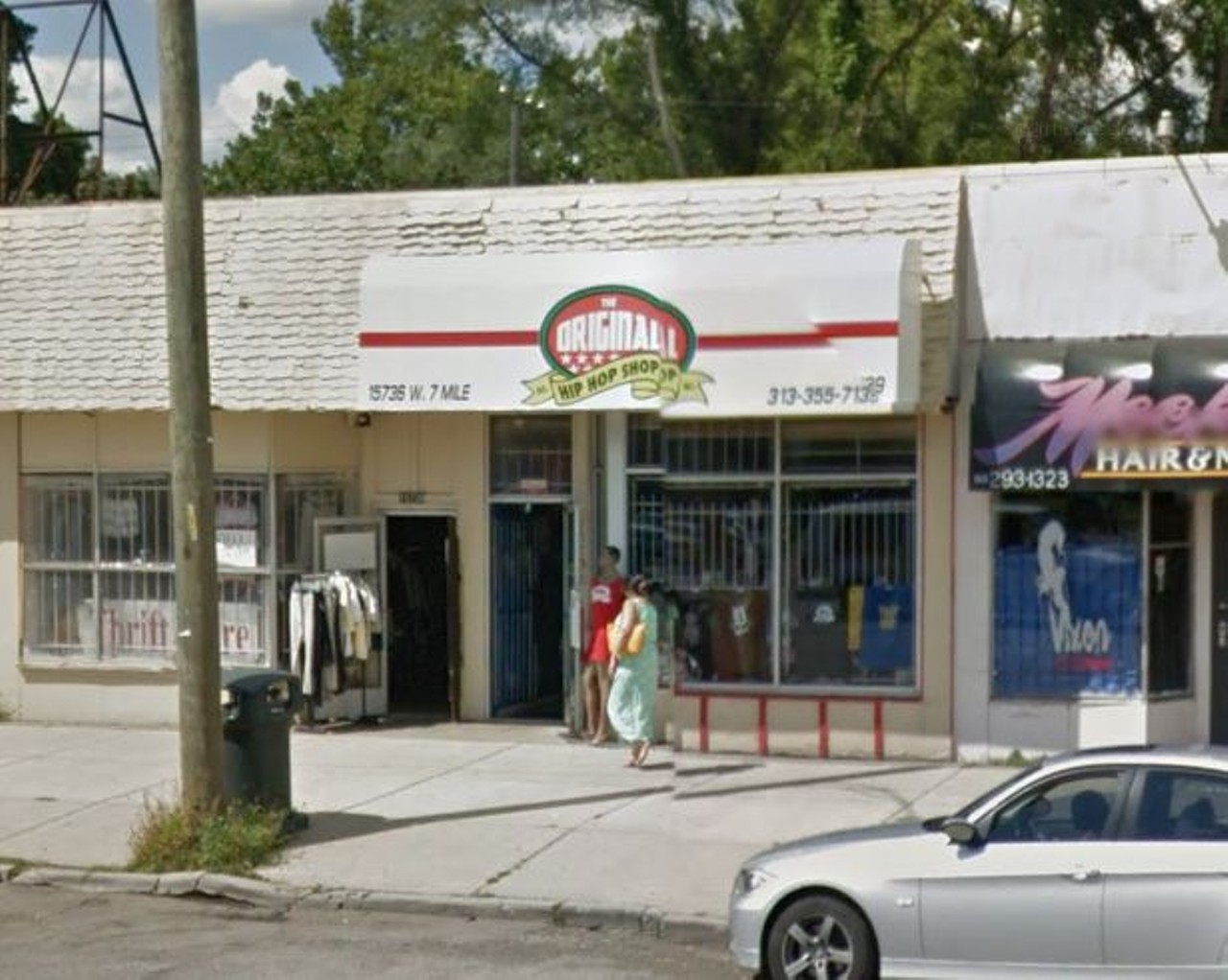
Rooting for the underdog at The Hip-Hop Shop
In 1993, The Hip Hop Shop started off as a clothing store on Seven Mile, intended to showcase a brand of the same name conceived by local entrepreneur Maurice Malone. But history will remember the Hip Hop Shop not for its oversized T-shirts, but for regular freestyle battles hosted by the late, great Proof. The Hip Hop Shop, where Eminem got his rap battle legs, closed in 1997, and there has been yet to be a venue/retail space like it since.Photo via GoogleMaps Detroit Metro Times archives
14 of 24
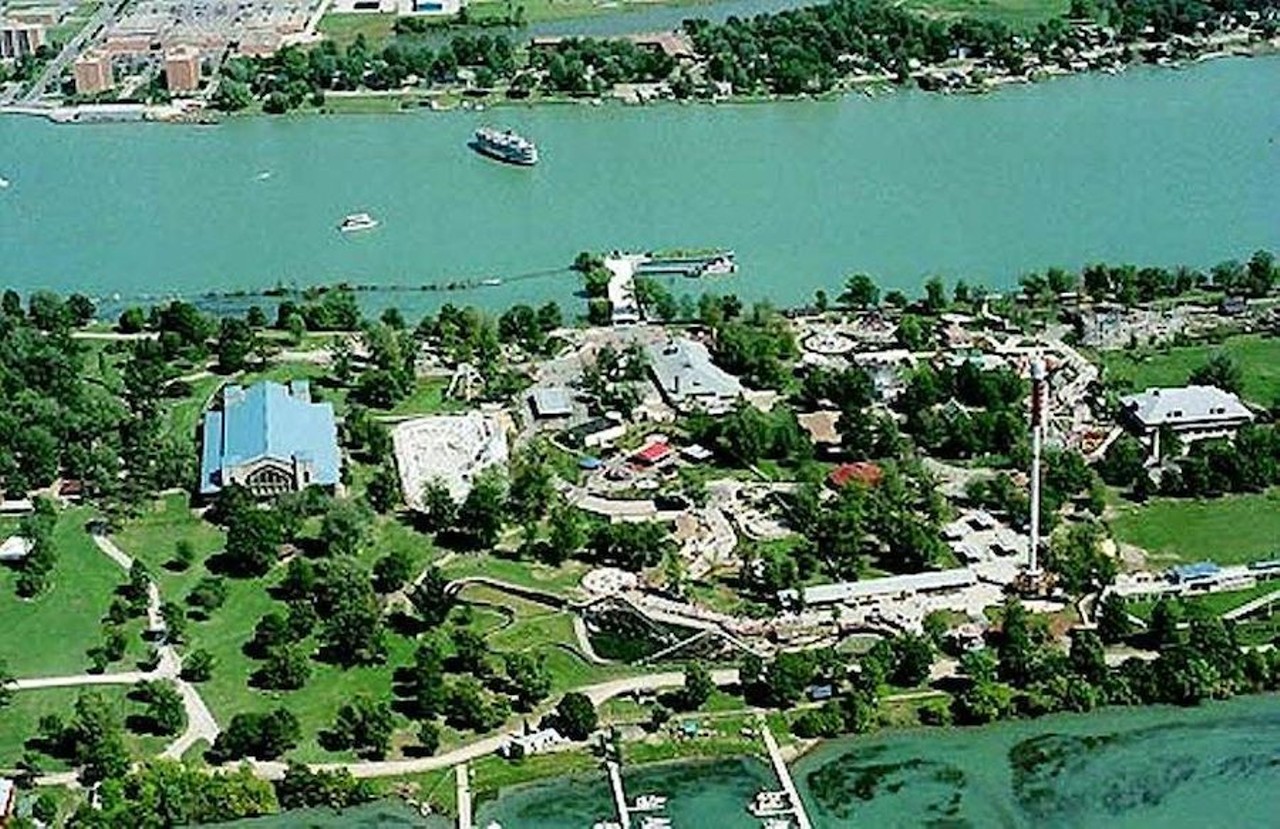
Boblo Island Amusement Park
Can you even wrap your head around the fact that Detroit once had an amusement park? Well, we did. Boblo Island Amusement Park, which was located on Bois Blanc Island, Ontario, above the mouth of the Detroit River, opened in 1898 and closed in 1993. Think of Boblo as being Detroit's Coney Island or Cedar Point. There were boats, too. Because Boblo Island was only accessible by boat, there were ferries, or Boblo Boats, that fit 2,500 passengers. One such boat has remained docked on the Detroit River but was recently destroyed by fire.Metro Times Archive
15 of 24

Aaliyah
This one still hurts. On Aug. 25, 2001, raised-in-Detroit R&B superstar Aaliyah tragically died in a plane crash in the Bahamas. She was only 22, but already ascending at a rapid pace. Her third album was released to much acclaim, and she had landed acting roles in a number of upcoming films, including the massive The Matrix series. Even Beyoncé was a fan, fangirling over her at an MTV red carpet event the year before. It hurt to see the light of one of Detroit's own extinguished so soon. Unfortunately, she is most frequently talked about throughout media coverage of convicted abuser R. Kelly, to whom Aaliyah was married to as a minor, and even worse, much of her music remains out of print and not available on digital streaming services. We like to think of all the amazing things Aaliyah was destined to accomplish and all that she did manage to achieve in such a short amount of time.Photo via Everett Collection / Shutterstock.com
16 of 24
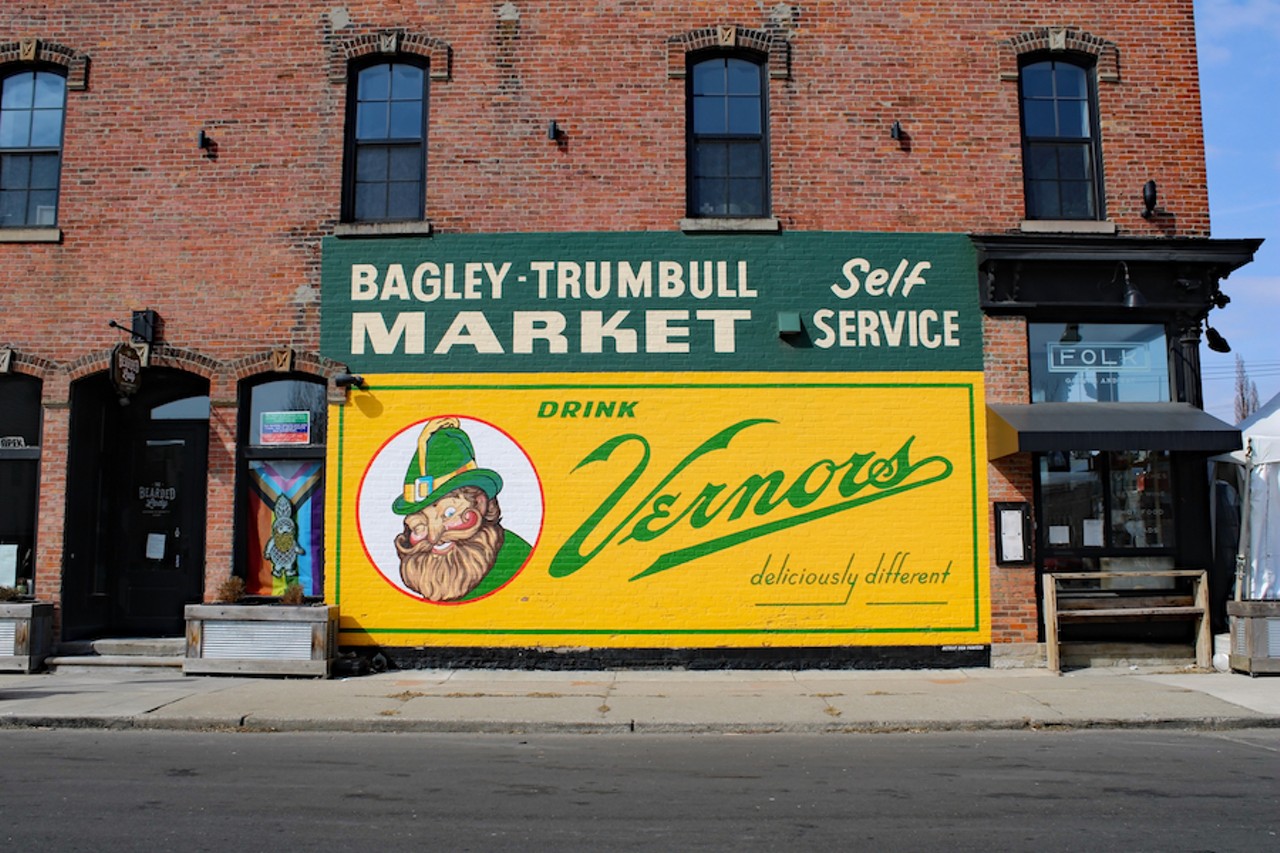
Vernors soda shoppes
OK — so we're not, like, 100 years old, but we do long for the days when Vernors, the beloved Detroit-born ginger ale soda pop and unofficial cure for all ailments, had a stronger footprint throughout the city. The oldest surviving ginger ale soda was created by James Vernor, a Detroit pharmacist who opened his own drugstore on Woodward Avenue near Clifford Street where he sold his soda. Soon, soda Vernors soda fountains began popping up throughout the city before eventually being bottled for mass production for home consumption. What can we say? We have pop pride.Photo via MichaelAnthonyPhotos / Shutterstock.com
17 of 24
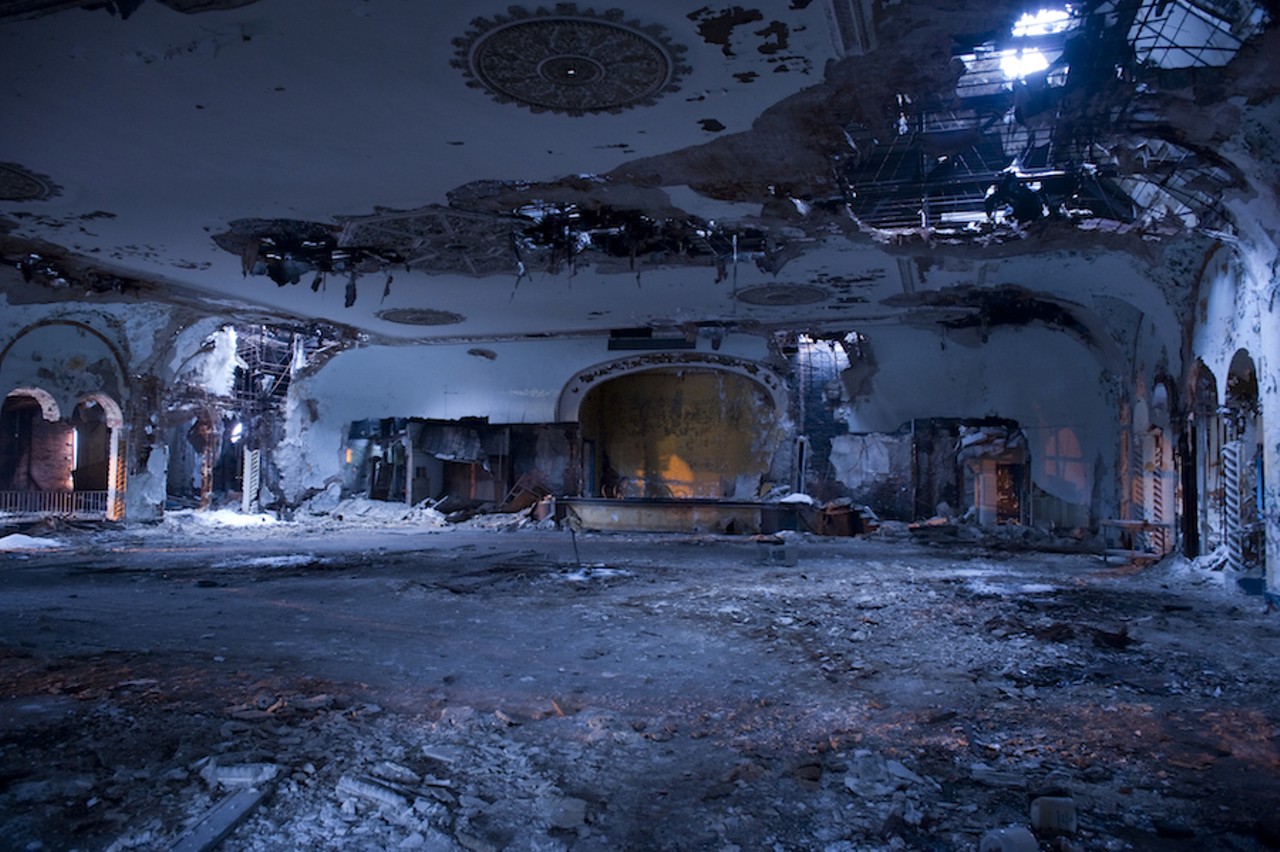
Iconic theaters like the Grande Ballroom and the Eastown
Of all the legendary music venues that we miss, few are as storied as the Grande Ballroom, if only because it's the site within which what is perhaps the quintessential Detroit album — MC5’s Kick out the Jams — was recorded. The Grande Ballroom was the Detroit headquarters of John Sinclair and the MC5’s White Panther movement, hosting the Stooges as their house band before increasing violence in the area forced Iggy and co. to flee to Ann Arbor. Today, the once magnificent space and birthplace of Detroit psychedelia is, like so many local historic landmarks, a ruin. But don't sleep on the importance of the Eastown Theatre which opened, like the Grande, as a movie theater in a largely residential area on Harper Avenue near Van Dyke in 1931 before becoming yet another haven for rock 'n' roll. Once it closed as a movie house in 1967, it reopened in 1969 with its first rock show featuring SRC. Later, hosted bands like the Who, the Kinks, Yes, Fleetwood Mac, Jefferson Airplane, Cream, King Crimson, Rush, the Faces, as well as locals like MC5, the Stooges, Mitch Ryder, Bob Seger, Ted Nugent, and Alice Cooper, who has gone on record to say his favorite crowds were Eastown crowds. The Detroit Free Press did an investigation into the Eastown in 1971 and found that it was a dope dealers paradise and in the mid-'70s it became a jazz club before becoming a raver haven in the '90s. Blight, fire, and an emergency demolition did the club in for good in 2015. We wonder if this Eastown quaalude is any good …Photo via Wikipedia Commons
18 of 24

Getting in touch with our inner punk or nu wave-lover at Todd's or Bookies Club 870
If you haven't noticed, we miss many Detroit music venues because every venue had its own vibe. For Todd's and Bookie's 870 it was all about punk. Todd's opened in 1974 as an LGBT club and, eventually, began booking punk and nu wave bands in the '80s after it proved a successful formula for Bookies Club 870. Todd's hosted bands like the Police, English Beat, Gang of Four, and Detroit's own the Romantics. Before it was Bookies it was Frank Gagen's supper club when it opened in the 1930s and by the '70s it pivoted to catering to the gay disco and drag crowd before being renamed Bookies Club 870 at which point it quickly became a hub for punk, new wave, and underground rock 'n' roll scenes. Todd's closed in 1992. Bookies was sold in 1982 and destroyed by fire in 1988. But, like rock 'n' roll, punk is still alive and kickin' in the Motor City, even if we don't have these two clubs dedicated to the genre.Courtesy of the Detroit Punk Archive Project
19 of 24
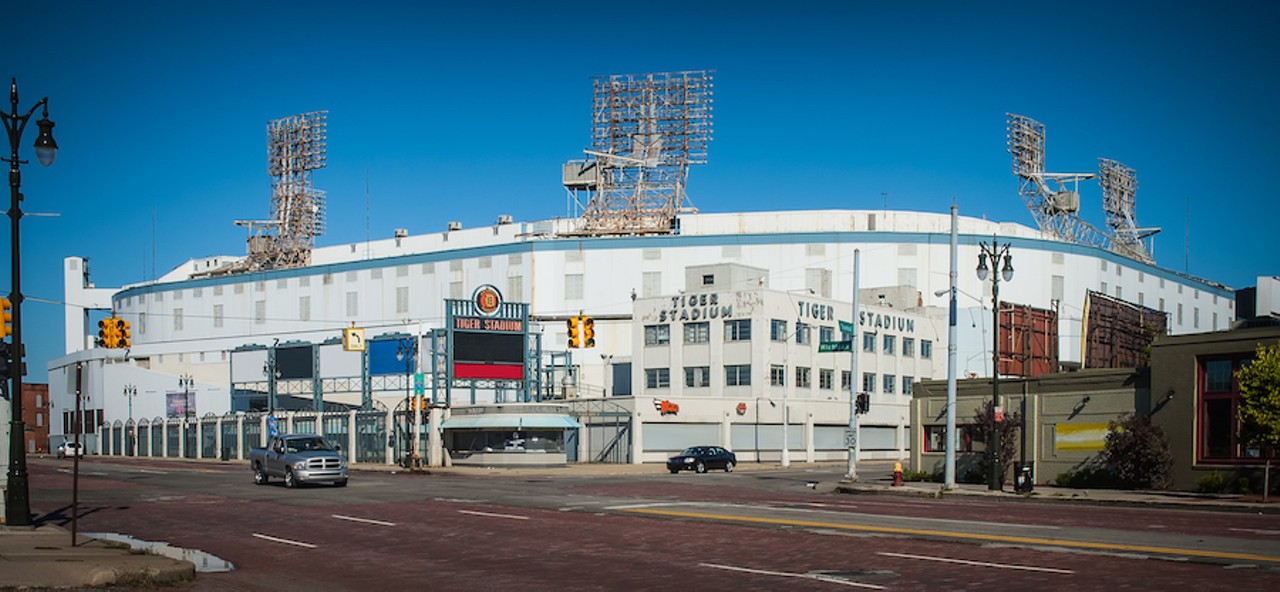
Old-school sports stadiums like Tigers Stadium and Joe Louis Arena
Before Corktown was overrun with hideous apartment buildings that do nothing to reflect the area's rich history, architectural footprint, or, like, any taste, there was Tigers Stadium. The baseball stadium erected in 1912 officially closed in 2001 before being demolished in 2008. Obviously, the Tigers found a new home in a new stadium with a new corporate name closer to downtown (Comerica Park), but, if we're being honest, we miss the classic. Same goes for Joe Louis Arena, former home of the Red Wings. The Wings only recently flew the coop to their new home at Little Caesars Arena, where they share a homebase with the Detroit Pistons, but before they did it was all about Joe Louis. We wonder if the stadium has anything to do with the quality of the teams because, well, never mind.Photo via Shutterstock
20 of 24
Page 1 of 2
- Local Detroit
- News & Views
- Things to Do
- Arts & Culture
- Food & Drink
- Music
- Weed
- Detroit in Pictures
- About Metrotimes
- About Us
- Advertise
- Contact Us
- Jobs
- Staff
- Big Lou Holdings, LLC
- Cincinnati CityBeat
- Detroit Metro Times
- Louisville Leo Weekly
- St. Louis Riverfront Times
- Sauce Magazine




